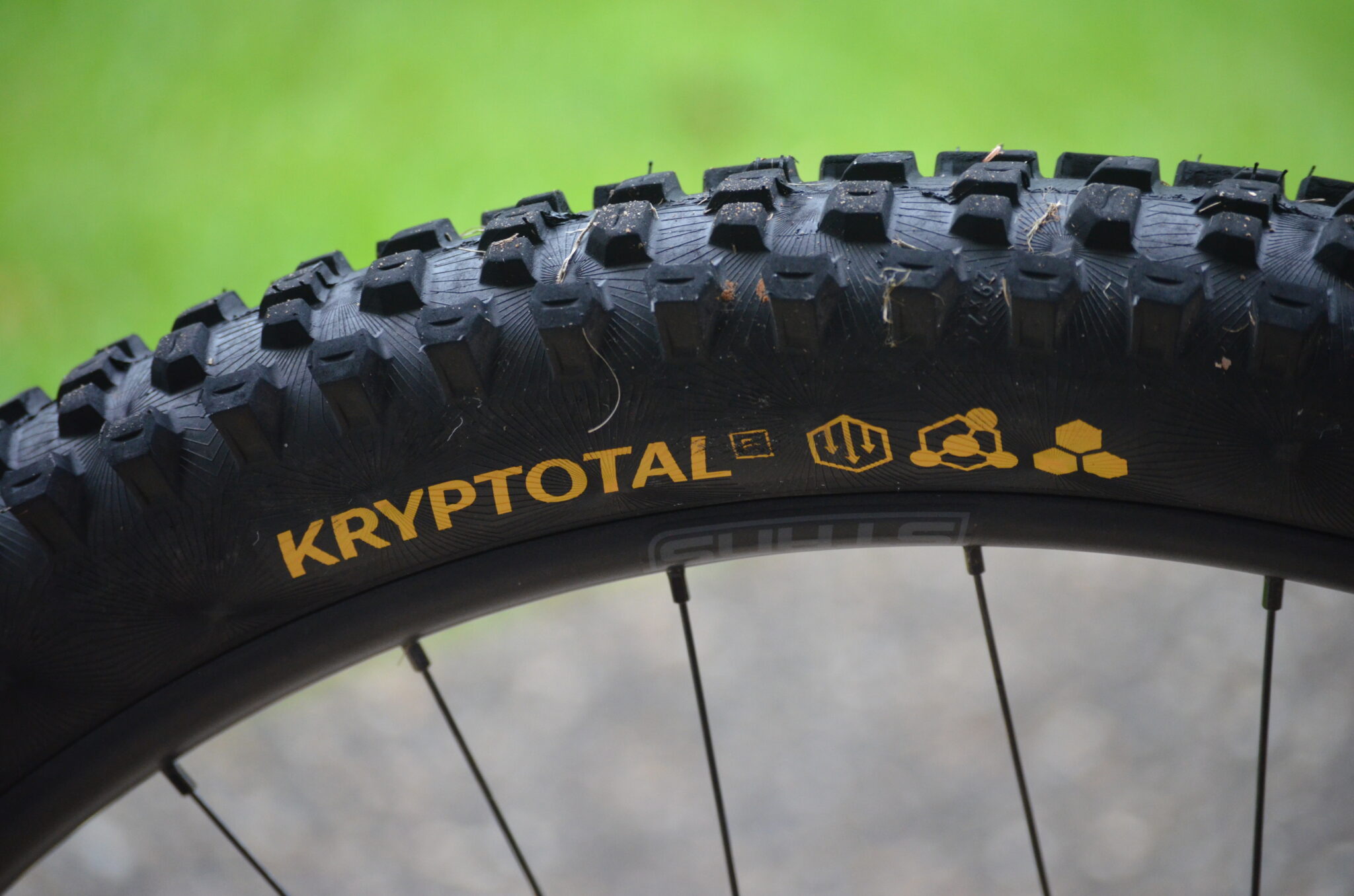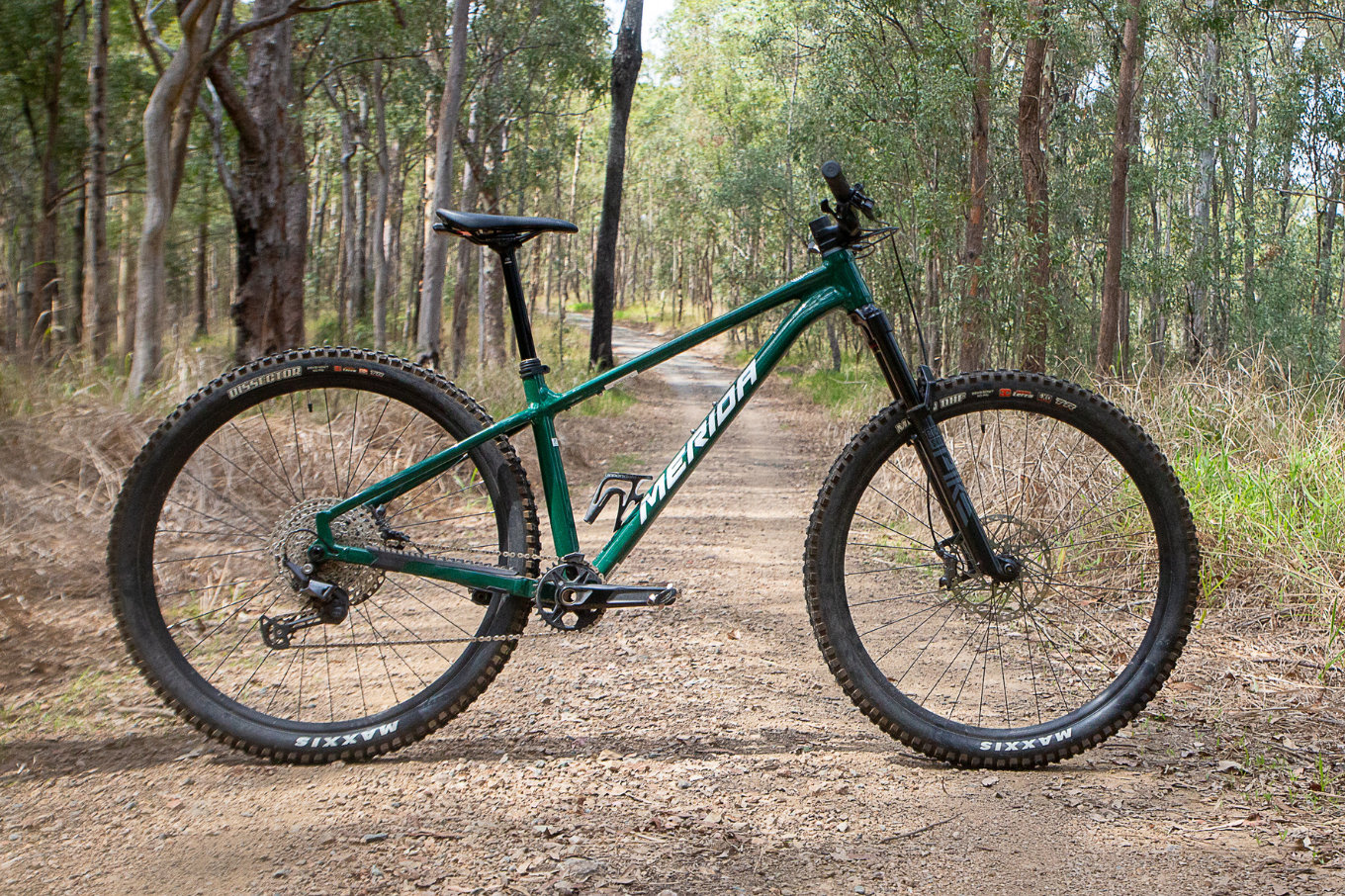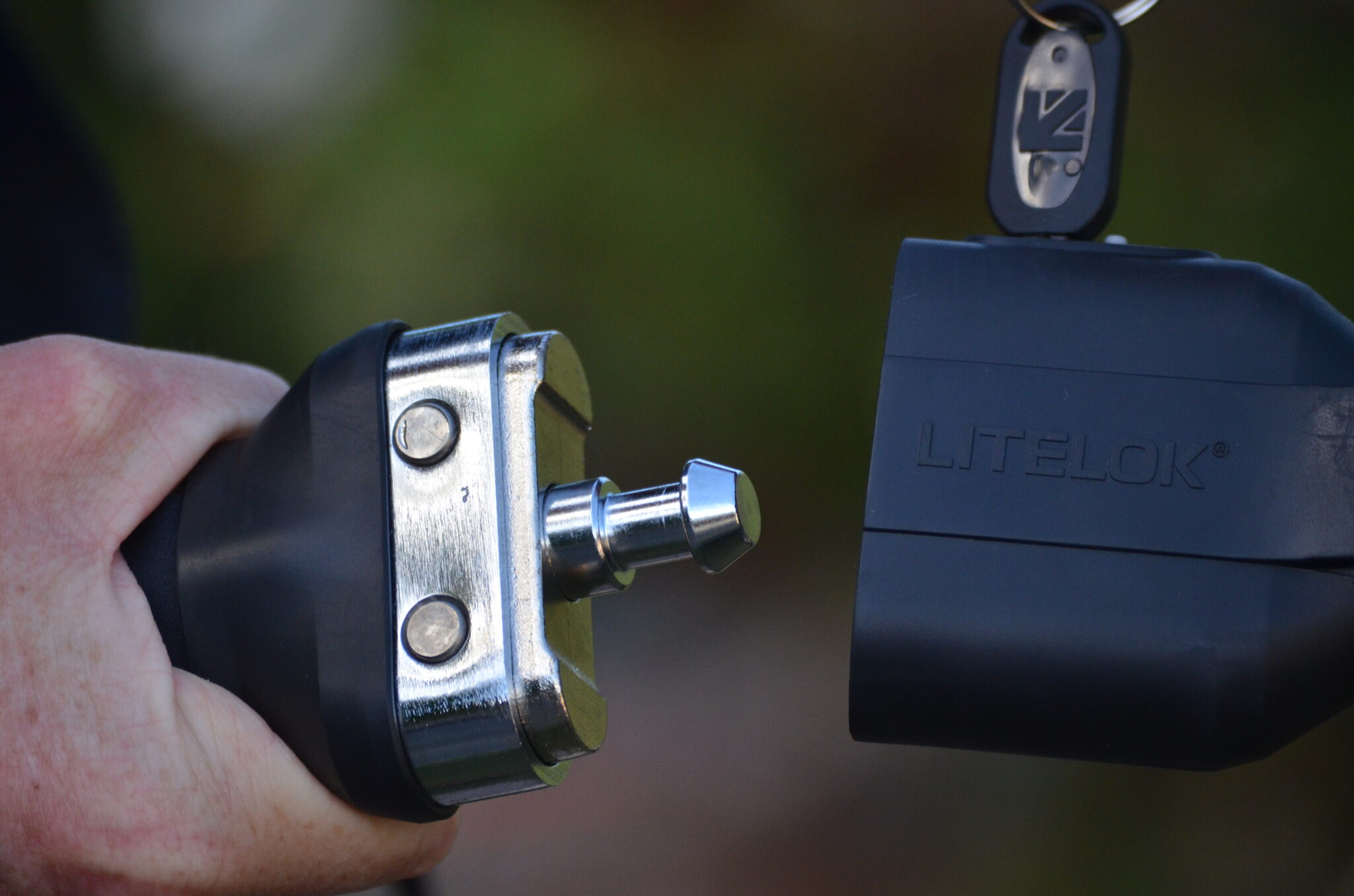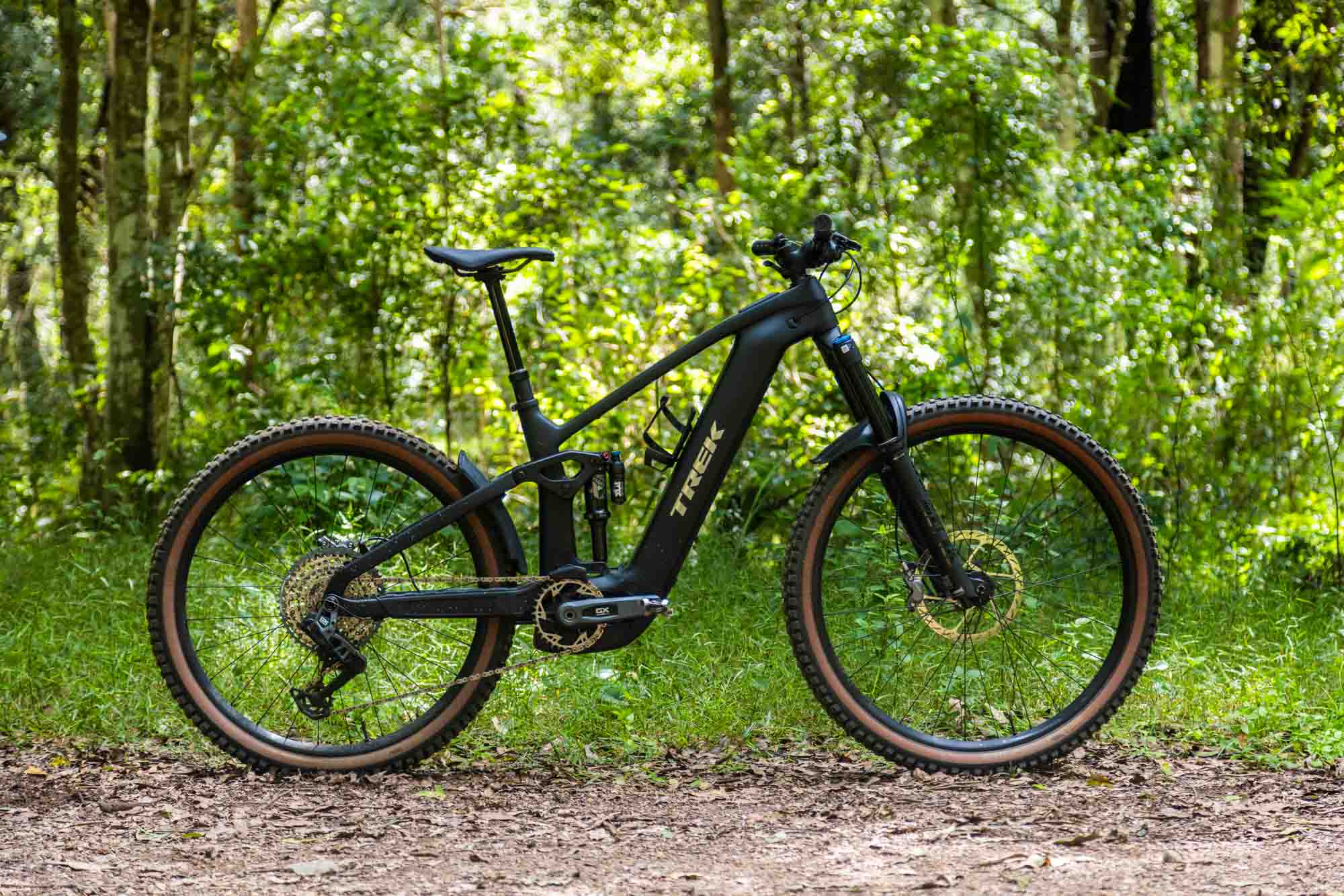Derby - Revisited
Why this small, virtually unknown Tasmanian town should be at the top of your ‘next to visit’ list.
Words and photos by James McCormack
Tim Watson loves congestion. Yes, that’s right: the GM of Tasmania’s Dorset Council loves traffic congestion. Ask him and he’ll tell you: “It’s a wonderful problem to have.”
Now if you, like me, are living the rat-race in one of Australia’s capital – or even large provincial – cities, congestion is likely a bane of your existence. But not if you live in one of our country’s small rural towns and hamlets, where the streets are likely quiet, where economic activity and populations are stagnant at best, or more usually, dying a slow death. A town, for instance, like Derby.
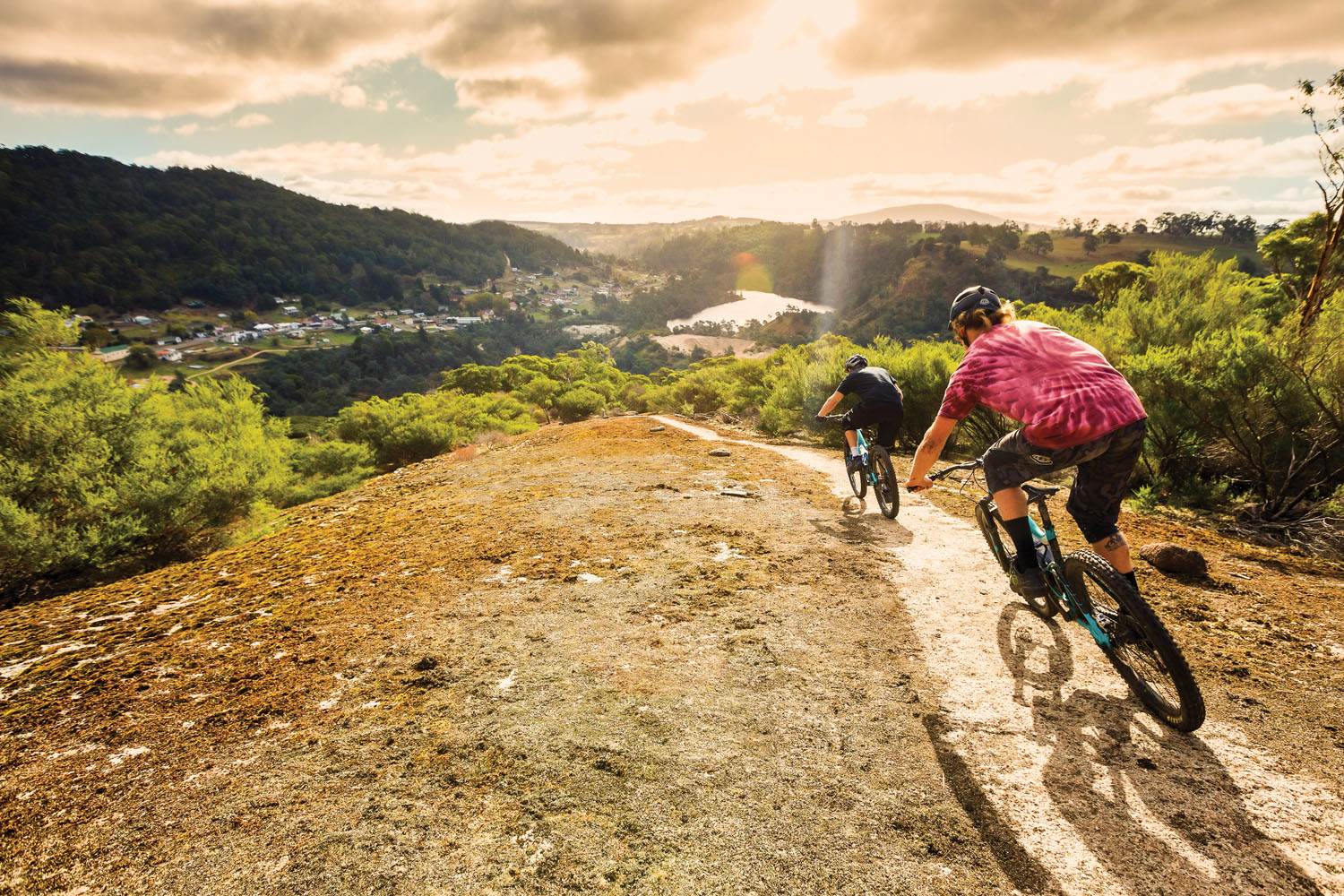
The tiny Tasmanian hamlet of less than 200 had seen decade after decade after decade of slow decline – a slow rot that had seen the school close and viable businesses dwindle: the cordial factory shut, so too the general stores, the baker, butchers, electrical shop and two haberdasheries. At times, only the post office, the mechanic’s garage and the two pubs remained open. There was nothing else. And with so little commerce, there were certainly no issues with traffic.
Then the trails came to town. Two years ago, with millions of dollars of government backing, an ambitious project to revitalise Derby via a network of mountain bike trails commenced. Six months in, I travelled down there for BIKE to observe the progress; you may remember the resultant feature, published around 18 months ago: ‘The Trails That Saved a Town’.
At the time, plenty of stories had floated around about how freaking awesome the trail network under construction was; none, however, had really focussed beyond the riding. But the three-plus million bucks being invested wasn’t merely for MTB-ers to have a blast; it was to provide economic and social benefits to a struggling town.
And for all our good intentions, cycling is usually a selfish sport. Here, however, was an example of cycling serving a greater purpose: transforming an entire community. And what I saw, in the course of that story, were the first buds of economic recovery beginning to shoot.
But as a journo, all-too-often you cover a topic once and then move on, never to revisit. Derby, however, deserved better. A lot of money had been spent. A lot of hopes had been raised. An entire community was expectant. So, wanting to see how things had progressed and whether that nascent revival had been sustained, I returned to Derby. And what I see, rolling into town early on a crisp morning, is this: a gleaming new row of ‘No Stopping’ signs.
When I was there before, you could virtually step out onto the main street without looking. The only traffic you were likely to encounter were logging trucks, and you could hear them a mile away. I’m exaggerating, of course. But not entirely.
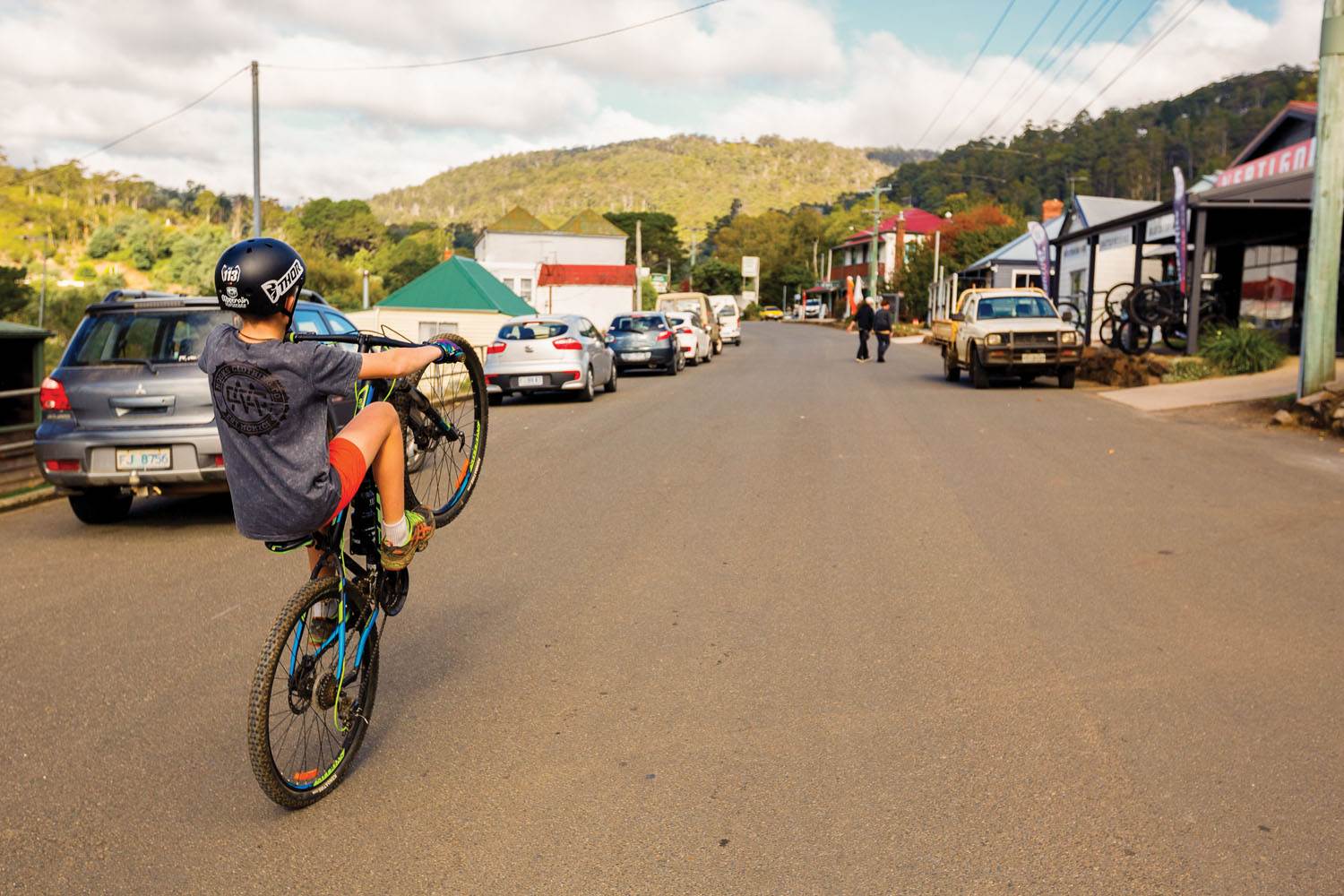
“Derby was a ghost town,” says local Michelle Rowe. “You almost didn’t want to drive through it because it made you feel sad.” And certainly no-one was stopping. “You’ve gotta understand there was nothing appealing about Derby,” says Buck Gibson. “You used to drive straight through it. Now people stop.” This first morning back is a case in point.
Despite the busy summer season having long gone, despite it being midweek, despite it being just after 8am, already there’s activity on the street. Granted, traffic issues here must be considered as relative – Derby’s busiest moments would seem snoozy elsewhere – and it’s far from crowded.
Just a half-dozen bikers. A couple of cars. Some open cafes. A shuttle being loaded with bikes. A young rider chucking wheelies down the main street. But 18 months ago at this time of day there would have been zero activity. I remember back then trying to find an early-morning coffee; nothing was open. But that was already a massive improvement, because at least two cafés existed; prior to the trails there were none.
If you read that original piece, you may remember Michelle Rowe and Buck Gibson. Rowe seemed emblematic of Derby’s future. At the time, she was managing the Corner Store Café. She struck me as a fighter, as someone who was going to grab with all her might this frisbee of luck – the trail development, that is – that had been tossed in her direction. I happened to be there the night she put on her first evening meals. Before that, there was nowhere for visiting MTB-ers to get dinner in town.
There were just five visitors that first night; myself and BIKE’s then art director, Sam Grimmer comprised two of them. But true to form, Rowe persisted. Returning, I find out that she’d averaged 30+ covers during the summer. And that she’d taken control of her destiny. Mid last year, she took over the business, renaming it Crank It Cafe. Along with a stable of 11 rental MTBs, she now has nine employees.
FYI, nine is perhaps the total number of jobs that were available in Derby prior to the trail development. And Rowe’s started a second business, Return to Sender Lodge. Not only that, she’s in the process of opening a third business – a spa and massage centre – over the upcoming summer.
Hers are not the only new ventures. I’m not going to say Derby’s main street is awash with budding enterprises; it has, after all, only been 18 months. But there are certainly additions – the most prominent being Vertigo MTB. And this brings us Buck Gibson, who you may also remember from the prior story. It was he and Rob Potter who initially got the whole Derby MTB ball rolling, albeit in a different form, when the pair began pushing for trail development in the region.
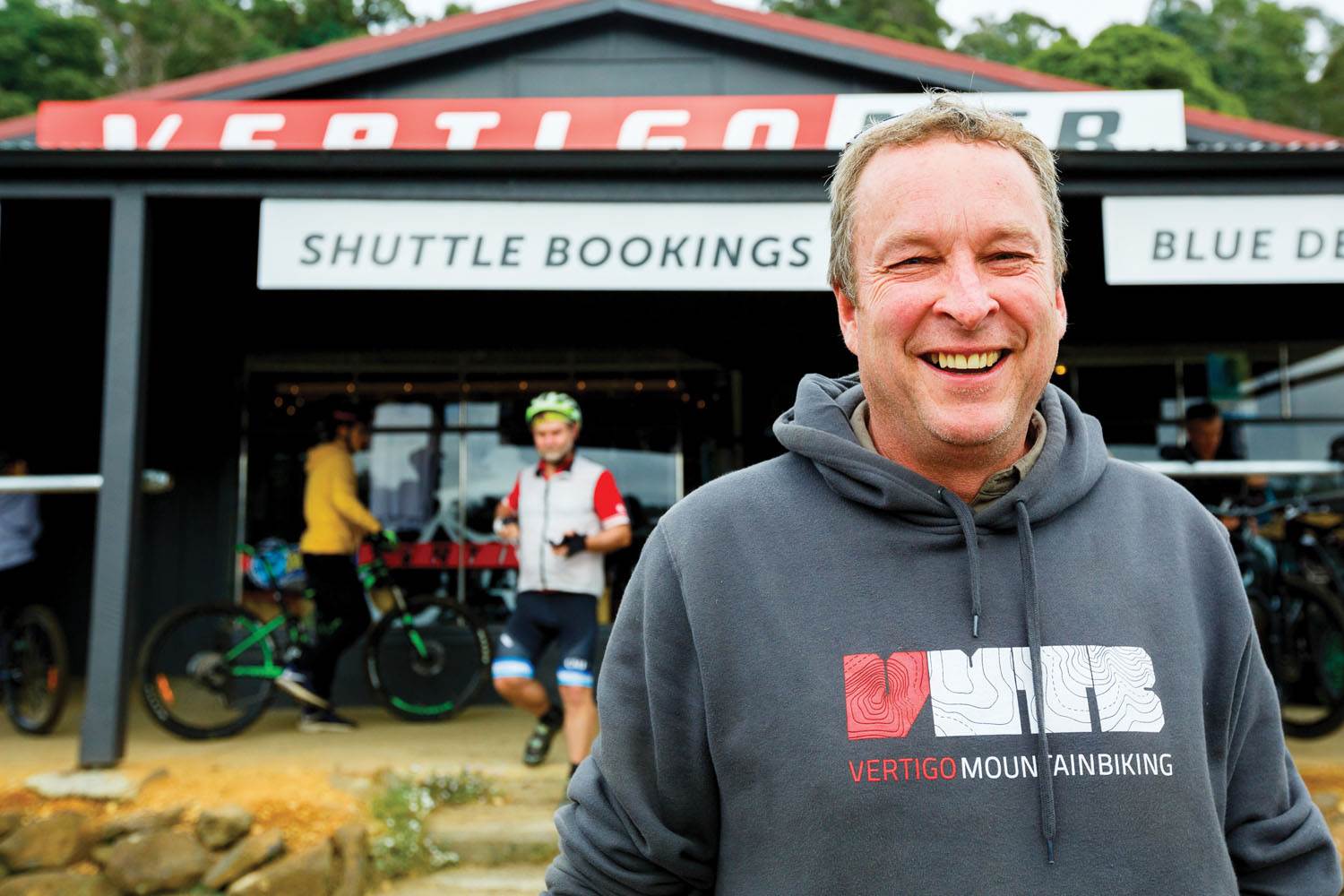
That shuttle being loaded when I roll in town actually belongs to Gibson and Vertigo MTB. I’m almost surprised it’s even running; I figured things would be half-winding down for the winter, maybe running weekends only. Instead, when I jump aboard, the 13-seater bus feels nearly full. Tomorrow, Friday, it’s already fully booked; they need a second shuttle running. And on Saturday, they have three buses full. “We’ll scale back in winter,” says Gibson. “But we’ll still be running seven days a week for seven or eight months of the year.” To cope with the demand, Vertigo now employs four full-timers and four casuals.
Part of the reason for Vertigo’s busyness is the new trails completed since I was last down; the network has expanded from roughly 40km to over 80. Some of these trails are expansions upon the stacked loops close to town, shuttle-able trails like Shear Pin, 23 Stitches and Return to Sender.
Most notably, though, the Blue Tier component has been completed. Linking with Atlas Trail, the Blue Tier Trail has created a 35km point-to-point MTB ride without equal in Oz (sorry, Buller’s Epic Trail). From alpine heights and meadows, it descends through lush fernery, dark myrtle forest and alongside crystal creeks before hitting the outrageous berm-fest of Big Chook. It’s an incredible ride, always planned to be the project’s shining jewel. On the hour-long drive to the top, Gibson tells me it’s so good he’s had customers do the same Blue Tier shuttle four days running.
The buzz about Derby’s trails has proved infectious. But until recently, word had been mainly confined to Australia. In early April, however, the Enduro World Series came to town. For roadies not familiar with it, the EWS is an eight-round series held in some of the planet’s most amazing MTB locations: Rotorua, Whistler, and Aspen to name a few.
And now Derby. Even Tim Watson, arguably the entire trail development’s linchpin, admits that not in his wildest dreams did he imagine holding an EWS round within two years of the trails opening.
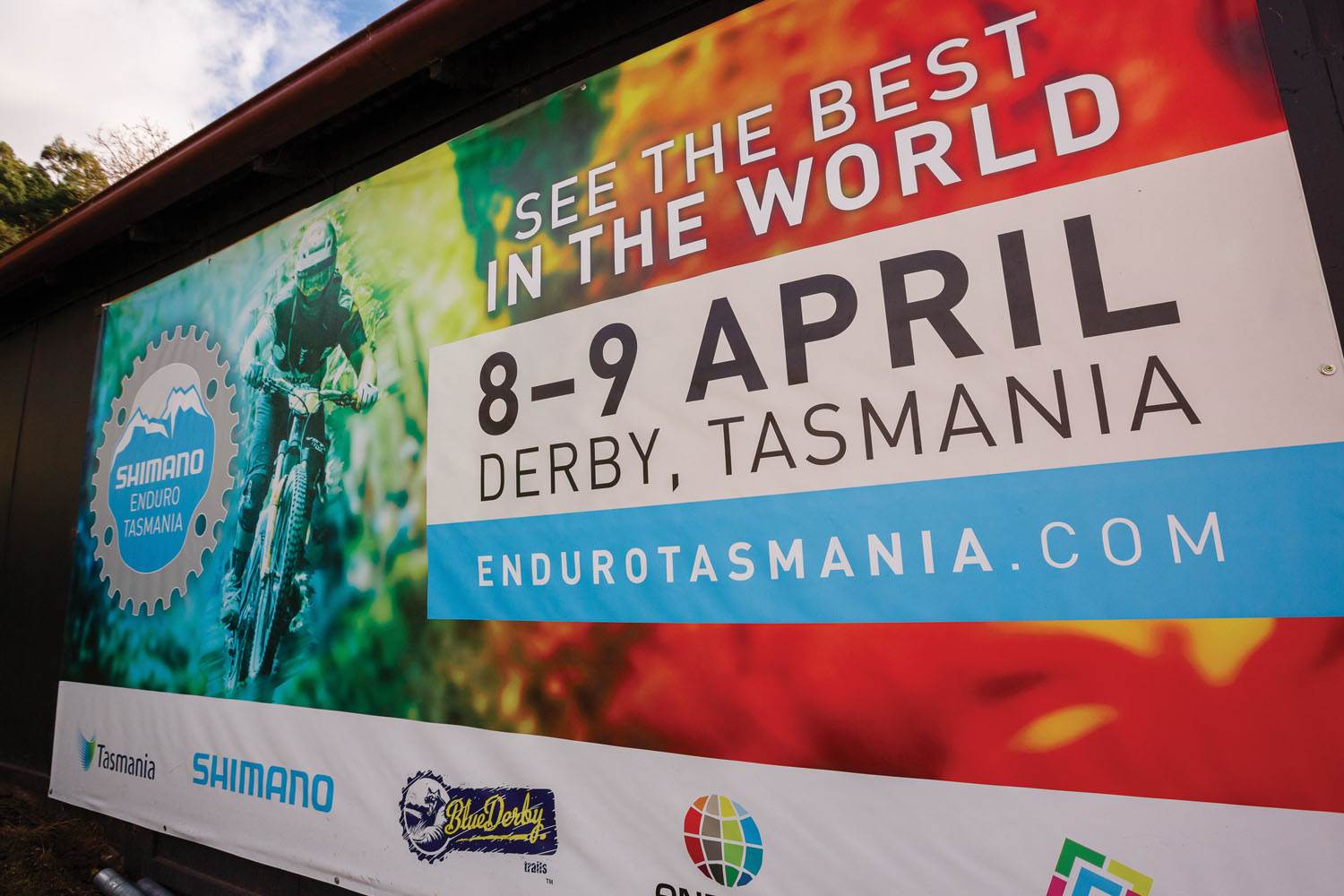
Between 3,000-6,000 spectators descended on tiny Derby. Where on earth did they all stay, I ask Watson when we chat. He’d just mentioned that while Derby had less than 10 accommodation beds when the trail funding was announced, that number – if you include Branxholm, 7km up the road – had since swelled to 130 beds with 22 accommodation providers.
Still, hardly enough for the EWS crowds. But Watson says nearly everyone was able to be accommodated within a 40min radius of the trails, in neighbouring towns like Scottsdale, Bridport, Weldborough, and Winnaleah.
And that’s important, because it shows the wealth is being spread. “It’s not just Derby that this has helped,” says Michelle Rowe. “I live in Scottsdale. I’ve seen the bikers there, at the cafes, at the service stations. The numbers are up in Branxholm, at the IGA and the pub. You drive through and there’s a buzz. You never used to see that.”
And chatting with Buck Gibson’s wife, Jude, she tells me: “I’m putting together a group visit. There’ll be accommodation in Weldborough. Accommodation in Derby. Transfers from the airport with a local bus company. I’ll get their groceries from a local provider in St Helens.”
And it’s not just surrounding towns benefitting; it’s all of Tasmania. Watson explains: “We’ve found the average interstate mountain biker spends 4.5 nights in Derby. But then they go on to stay a further five nights elsewhere in Tasmania, spending roughly $200 a night.”
All the hype about the riding, and the international spotlight shone upon Derby, has important psychological benefits for the local community. “You’ve got young [local] people interacting with riders,” says Gibson. “And those riders are telling them: this is the most amazing place. You are so lucky. All these young kids – their parents never heard that. They were never told this was a special place.”
One of those kids happens to be in the back of my Blue Tier shuttle. 14-year-old Miles Smith has lived in Derby his whole life; he now helps out Gibson part-time around the shop. Despite only getting his first mountain bike when the trails opened (a gift from his aunt), Smith is already a ripper with a truly voracious appetite for air – even allowing for adolescence; he doubles and gaps everything in sight.

Riding together, I ask him if the trails have changed his life. “Dramatically,” he says. “Derby’s awesome now. A few years ago, it was like a ghost town. Now it’s booming. It’s so sweet. A good place to live.” I wonder how many kids in other tiny rural towns are saying that. Most, I guarantee, can’t wait to escape.
It’s not only the trail quality that makes the Blue Tier/Atlas ride so special; there’s the break between descents. After descending through wild dark forest, and before plunging back into it, you emerge briefly into eye-squinting sunlight at Weldborough. It seems a stretch to call Welborough even a hamlet. It is essentially just a pub. A damn fine one, too.
When I was here last, I stayed two nights. The pub was quiet, however; on one evening there were just five diners, including us. Today though, when I speak with manager Maria Jeppesen she says: “We’ve been absolutely smashed the whole summer. We’ll often have to do 150 meals for lunch, and sometimes 100 for dinner. 70 per cent of the meals are for bikers.”
In Derby itself, the need for evening meals so struck Kate Gegg when she travelled down from Brisbane last December, that she and partner Paul Delekta decided to start an eatery. Within weeks, they signed a contract to purchase property. By March, The Hub, an upmarket pizzeria, was up and running in time to crank out 400 pizzas a day during the EWS.
It now employs three full-time and four casual staff. Gegg, however, has remained in Brisbane, travelling to Derby when necessary, leaving The Hub managed by David Kalertas and his partner Monica. Both are also from Queensland; so too the chef and his partner.
It really seems like there’s a minor Sunshine State invasion. Also from Queensland is Pete Coleborn, who started working with World Trail on the original trail construction but has since stayed on with Dorset Council as the trail maintenance manager. Meanwhile, one of his offsiders has migrated from Townsville.
Chatting with Coleborn, he mentions another economic benefit of the trails I hadn’t thought of: he’s heard from nurses that Scottsdale’s hospital is noticeably busier. “You don’t really want to see it, but if that translates to more hospital visits that means they need more senior staff, which means they can lobby the state government harder, which has a flow-on effect for the whole community.”
He also mentions a mainland chiropractor having recently relocated to Derby. “I think he might be the first healthcare professional who’s moved voluntarily to Tasmania’s northeast in the last 50 years.”

In fact, people moving here is what Dorset Council’s Tim Watson says perhaps makes him most pleased. “Regional areas in Australia usually have problems with declining population. We’ve got the opposite. Derby is attracting new residents.”
It’s still early days. But returning to find that Derby’s progress hasn’t stalled seems a great sign for the future. Speaking of which, there are still ambitious plans. St Helens, 60km away on the coast, announced in May its own $4.5m, 66km trail network, with Stage Two eventually linking with the Blue Tier. Together, the combined network will have 170km of singletrack, undoubtedly cementing northeast Tasmania as Australia’s premier mountain biking destination.
Derby, for its part, plans a further 35km of trail, funded by sales of council assets worth $1.4m. Not only will the sales release funds, they’ll provide redevelopment opportunities, spurring both construction and as many as 65 additional accommodation beds. “I think people will get a shock by what Derby looks like in five years’ time,” says Watson. “I envisage it’ll be a bona fide mountain bike town, like a ski village.” It’s a vision of a community transformed, all by the power of bikes.
Bring on the congestion. Well, at least a little.

